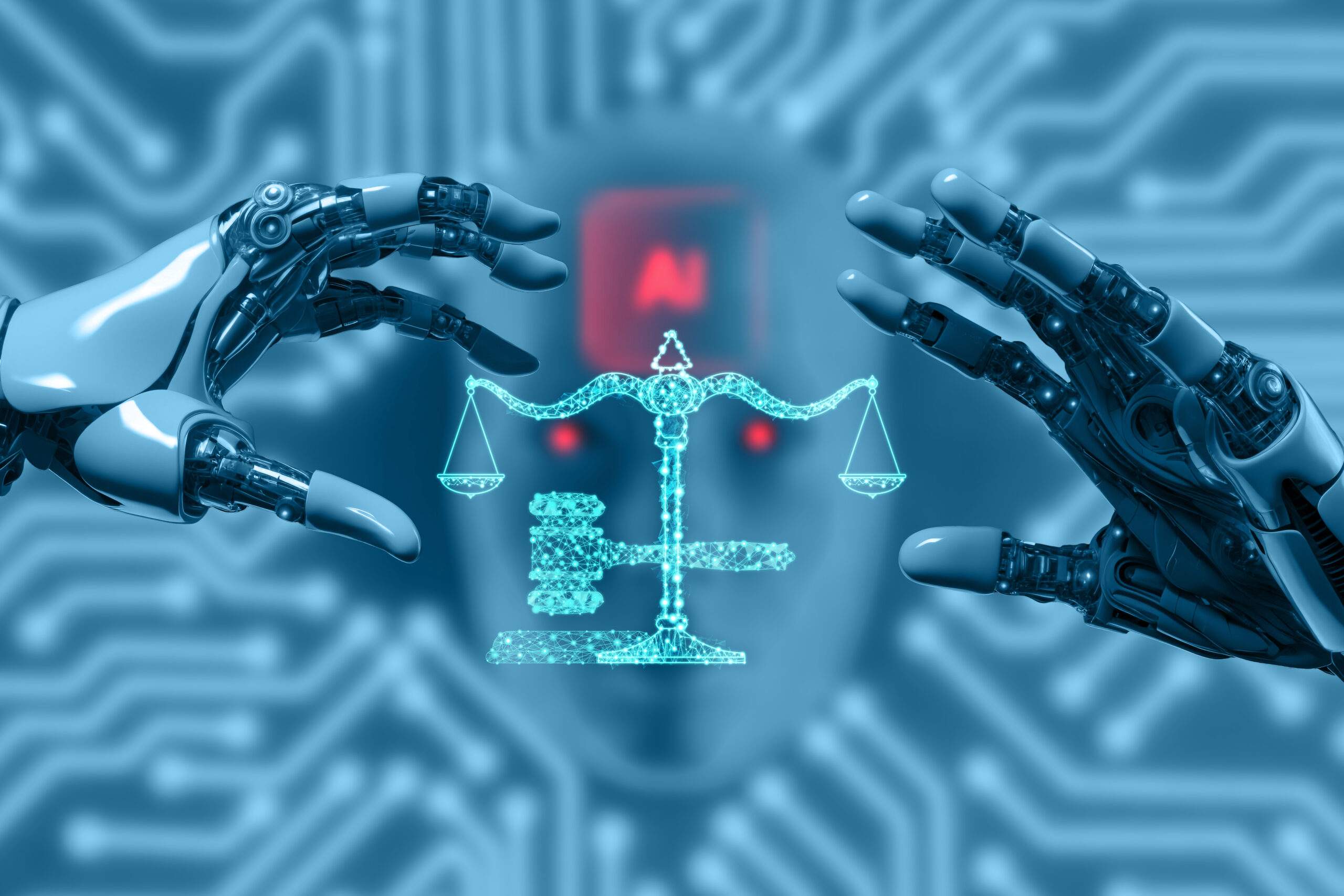Addressing Bias in Narrow AI: Challenges and Solutions
In the ever-expanding landscape of artificial intelligence (AI), the emergence of Narrow AI has revolutionized various industries, offering tailored solutions for specific tasks and domains.
However, with this innovation comes the challenge of bias, as AI systems are susceptible to inheriting and perpetuating biases present in their training data. As AI systems have been progressing with rapid pace, biased results or outcome has been a major concern. And Biased outcome can really jeopardize original intent of AI system
In this blog post, we’ll explore how bias can be created in Narrow AI and discuss strategies for dealing with it effectively.
Understanding Bias in Narrow AI:
Bias in Narrow AI or Weak AI refers to the systematic and unfair preferences or prejudices that AI systems may exhibit in their decision-making processes.
This bias can mainly stem from various sources, including biased training data, algorithmic design choices, and the context in which the AI system is deployed.
Biased Training Data:
AI models learn from vast amounts of data, and if this data is biased or unrepresentative of the real-world population, the AI system may inadvertently learn and perpetuate those biases. For example, if a facial recognition system is trained on a dataset that predominantly features lighter-skinned individuals, it may struggle to accurately identify individuals with darker skin tones. Biased outcome can occur in any AI system including generative AI. Recent issue with Google’s Gemini AI regarding generating historical figures with culturally inaccurate data was a good example of Biased training data along with algorithm design
Algorithmic Design Choices:
The design and implementation of AI algorithms can also introduce bias. For instance, if the features used to train a predictive model are not representative of the underlying population, the model may produce biased outcomes. Additionally, subjective decision-making criteria or heuristics programmed into the algorithm can amplify existing biases.
Deployment Context:
The context in which AI systems are deployed can further exacerbate bias. For example, biased decisions made by AI-powered hiring tools could perpetuate systemic inequalities in employment opportunities if not carefully monitored and addressed.
Strategies for Mitigating Bias:
While eliminating bias entirely from Narrow AI systems may be challenging, there are several strategies that organizations can adopt to mitigate its impact and promote fairness and equity:
- Diverse and Representative Training Data: Ensure that training datasets are diverse, representative, and free from biases. This may involve collecting data from a wide range of sources and demographics to provide a more comprehensive understanding of the problem domain.
- Bias Detection and Evaluation: Implement techniques for detecting and evaluating bias within AI systems throughout the development lifecycle. This may include conducting bias audits, analyzing model outputs for disparate impact, and soliciting feedback from diverse stakeholders.
- Algorithmic Transparency and Explainability: Enhance transparency and explainability in AI systems to understand how decisions are made and identify potential sources of bias. Techniques such as model interpretability and algorithmic transparency can provide insights into the inner workings of AI systems.
- Regular Monitoring and Evaluation: Establish processes for ongoing monitoring and evaluation of AI systems in real-world settings to detect and address bias as it arises. This may involve continuous performance monitoring, user feedback mechanisms, and regular model retraining.
- Diverse and Inclusive Development Teams: Foster diversity and inclusion within AI development teams to bring diverse perspectives and mitigate groupthink. Collaborative efforts involving multidisciplinary teams can help identify and address bias more effectively.
Bias in Narrow AI poses significant ethical and societal challenges, but with proactive measures and responsible practices, organizations can mitigate its impact and promote fairness, equity, and transparency in AI systems. By prioritizing diverse and representative training data, fostering algorithmic transparency, and implementing rigorous monitoring and evaluation processes, we can harness the potential of AI technology to drive positive change and create a more inclusive future for all.
As we continue to navigate the complexities of AI development and deployment, we need to remain vigilant in our efforts to address bias and uphold ethical principles in AI innovation. It is not possible to remove bias 100% from any AI system even though that would be the ultimate goal, we need to keep working toward minimizing biased outcome while protecting the diversity and richness of the world we live in.
Hope you found this article “Unbiased” 🙂









